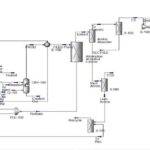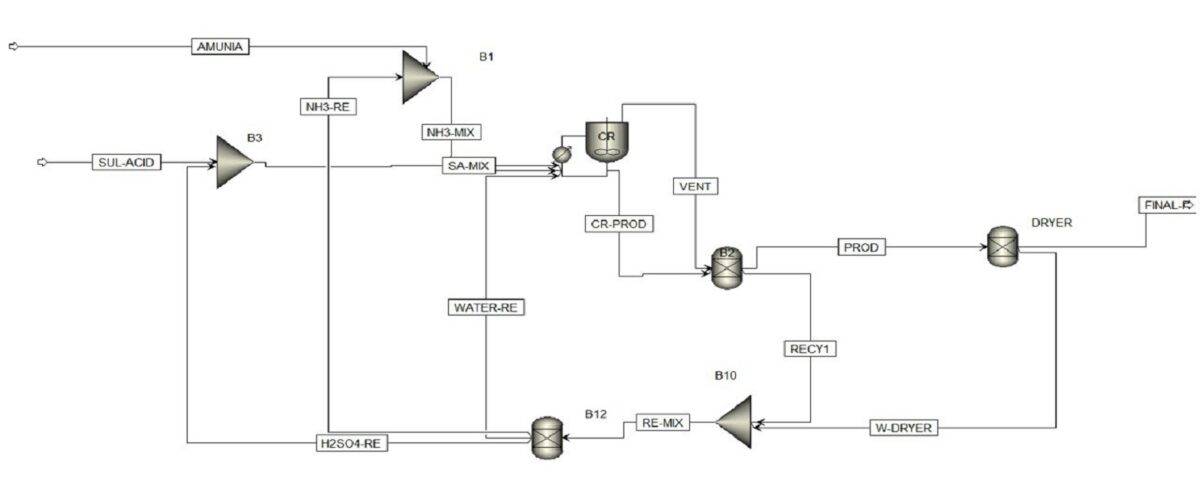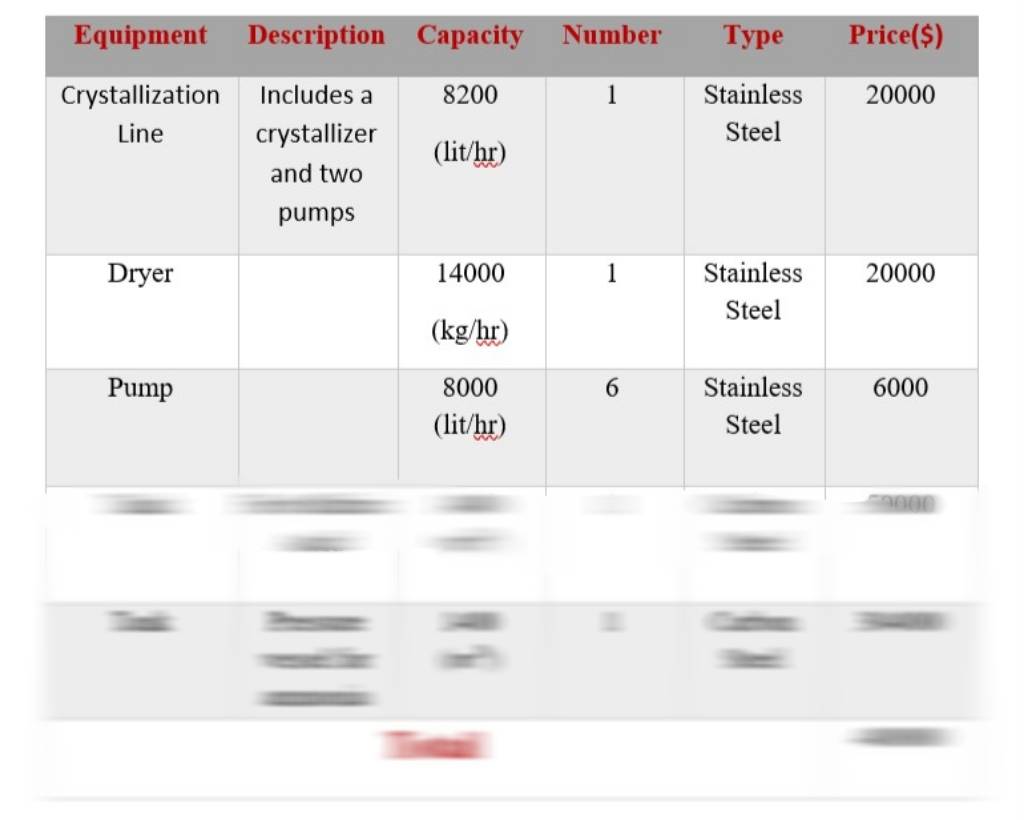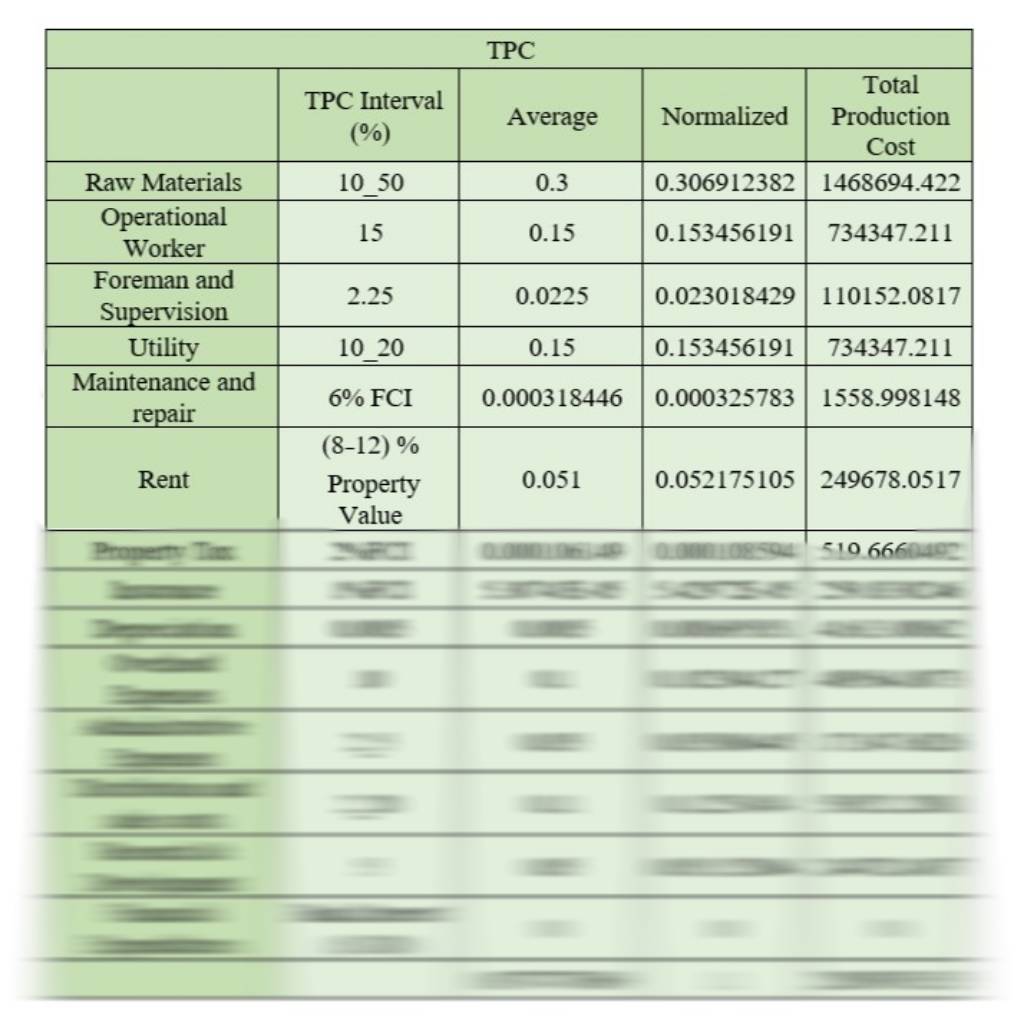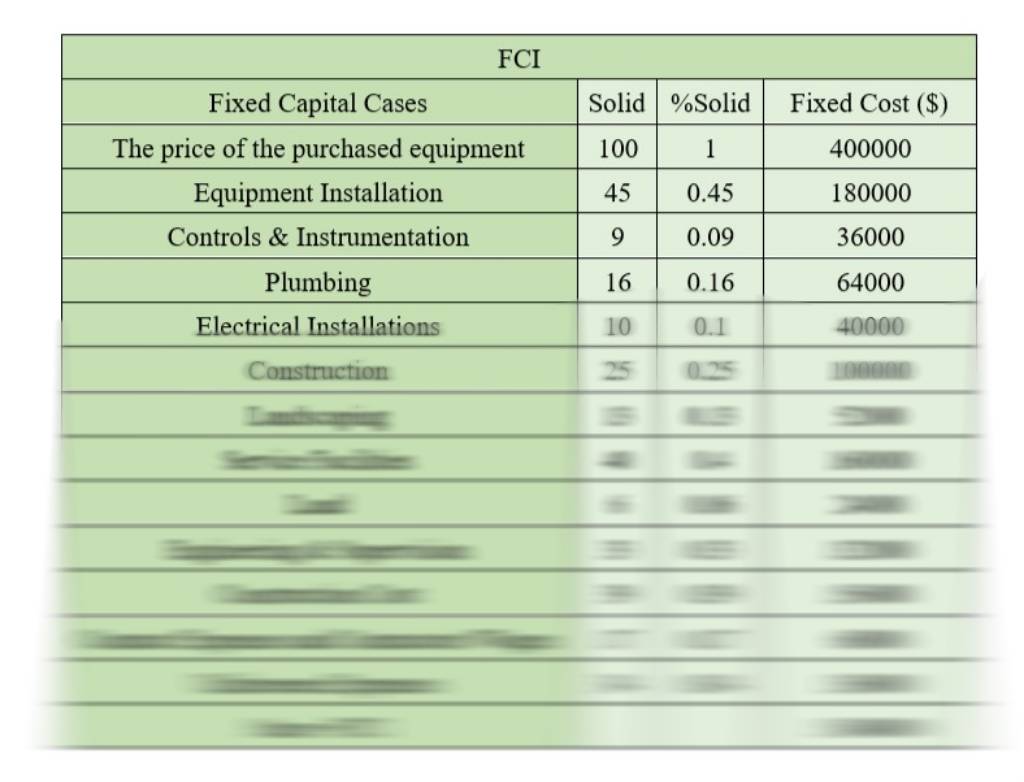Introduction
Ammonium sulfate is a chemical compound formed by combining ammonia (an alkaline gas) and sulfuric acid (a strong acid). It typically appears as fine granules or white crystals. This mineral salt is highly soluble due to its ionic nature, readily dissolving in water; however, it is insoluble in solvents like alcohol or acetone. Owing to its excellent solubility, ammonium sulfate precipitates protein structures and acts as a precipitating agent.
Chemical Composition and Notation
Fertilizer notation: The composition of fertilizer nutrients is represented as N-P-K + %TE. N stands for nitrogen, P for phosphorus, and K for potassium.TE represents trace elements. Ammonium sulfate: This fertilizer is typically represented as S24%-21-0-0, indicating 21% nitrogen (in the form of ammonium) and 24% sulfur by weight.
Benefits of Ammonium Sulfate Fertilizer
- Provides nitrogen in ammonium form: Nitrogen in this fertilizer is in the form of ammonium (NH₄⁺), which is readily absorbed by plants.
- Provides sulfur: In addition to nitrogen, ammonium sulfate is a good source of sulfur, essential for plant growth.
- Reduces nitrate leaching: Due to the rapid absorption of ammonium by plants, the risk of nitrate leaching into the soil and groundwater is reduced.
- Adjusts the pH of alkaline soils: Due to its acidic nature, this fertilizer is beneficial for improving alkaline and saline soils.
Drawbacks of Ammonium Sulfate Fertilizer
- Lower nitrogen content compared to some fertilizers: Compared to fertilizers like urea and ammonium nitrate, ammonium sulfate has a lower nitrogen content.
- Acidity: The acidity of this fertilizer can be harmful to some soils and may increase the need for soil amendment with lime.
Mechanism of Action in Soil
- Rapid absorption of ammonium: Ammonium in this fertilizer is quickly absorbed by plant roots and used to build proteins and amino acids.
- Conversion to nitrate: A portion of the ammonium in the soil is converted to nitrate, which can be absorbed by plants or leached from the soil.
In Iran, due to the predominantly alkaline nature of agricultural soils, the use of ammonium sulfate fertilizer is preferred. For alkaline soils, using fertilizers with an alkaline nature like urea would create numerous challenges and problems for plant growth.
Ammonium Sulfate Production Processes
- Synthetic method: The first method, known as the synthetic method, involves producing ammonium sulfate from the reaction between ammonia and concentrated sulfuric acid. In the second method, ammonium sulfate is a byproduct of coking units. In the third method, ammonium sulfate is produced by scrubbing acidic gases produced in the sulfuric acid unit with ammonia. In the fourth method, ammonium sulfate is a byproduct of caprolactam production.
NH3+SO2→(NH4)2SO2
- Gypsum method: This method involves producing the product from gypsum. In this process, gypsum is added to an ammonium carbonate solution, and calcium carbonate precipitates. In this method, ammonium sulfate remains in the solution phase and is then converted to ammonium sulfate crystals in crystallizer equipment.
Equipment Information Table
TPC, FCI Calculation Table
Conclusion
An economic feasibility study for ammonium sulfate production using Aspen Plus software is a comprehensive and detailed investigation that examines various aspects of a production project, including technical, economic, market, environmental, and social factors. The primary objective of this study is to assess the profitability and viability of a proposed investment in this field. The study thoroughly analyzes factors such as production costs, product selling price, production capacity, technology employed, target market, regulations, existing competitors, and potential risks.
Feasibility Study and Simulation of Ammonium Sulfate Production with Aspen Plus
This project involves conducting an economic feasibility study and simulation of ammonium sulfate production using Aspen Plus version 12 software.

